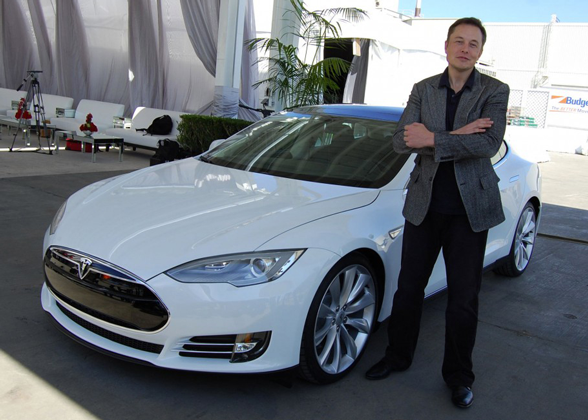4 Innovation Strategies Learned from Elon Musk
Few people have made the as much impact in such a short career as Elon Musk, arguably among the greatest business people and inventors of our time. What makes him so successful? Below I share thoughts on four observations of his career over time. Follow his lead, and you too could be innovating like Musk.
- Make cool stuff. Without a doubt, one of the most significant things about Musk—he ships. He envisions, executes and delivers one project after another, and often with some more in between. He has established a pattern of joining teams and seeing delivery through to the finish line. From his first product, a video game he coded and sold before entering high school called Blastar, to his most recent concept-driven organization, OpenAI, Musk has delivered product after product, some of which have sold for mind-boggling sums (examples include Zip2 and PayPal).
- Help the competition. While it goes against the grain, Musk has pioneered the idea of benefitting the competition in more ways than one. Perhaps most significantly, he has gained long term investment in his supply chain by selling into the other OEMs. Namely, he provides electric powertrain components to other automakers, a relationship that has helped him make Tesla more viable. As another example, he has adopted open source methods for product development, namely with the Hyperloop concept and Tesla patents. Rather than developing and hoarding knowledge, he has provided a framework to the development community so it can realize industry-wide innovation at a faster rate. Sharing hard-won knowledge is an excellent ways to gain support and buy in, and can be used by any innovator seeking to disrupt the status quo.
- Develop a vision and share it. Musk has an uncanny ability to forecast what will be important in the future. In 2004, he began working with Tesla, even as the idea of electric vehicles had been sidelined as a niche market by major auto manufacturers. His goals aim high, focusing on sustaining the environment for generations to come through innovations such as those tied to energy sustainability and interplanetary colonization. Another Musk trademark is efficient transportation, such as his Hyperloop and Musk electric jet projects. To innovate like Musk, curate a range of projects that contribute to your vision, and make others take notice.
- Find inspiration around you. Reportedly the inspiration for Musk’s SolarCity concept was at Burning Man, the desert arts festival. Musk takes in the environment, sees opportunity, and expresses concepts that fulfill wants and needs. His style is an excellent example of finding and making great use of the inspiration that’s all around.
Consider adapting some of Musk’s signature strategies into your toolkit for bringing dramatic change to your industry. If you can ship, pull in supporters from all corners, crystallize and share a vision, and draw on your environment to continue generating new ideas, you are well on your way to innovating like Elon Musk.




